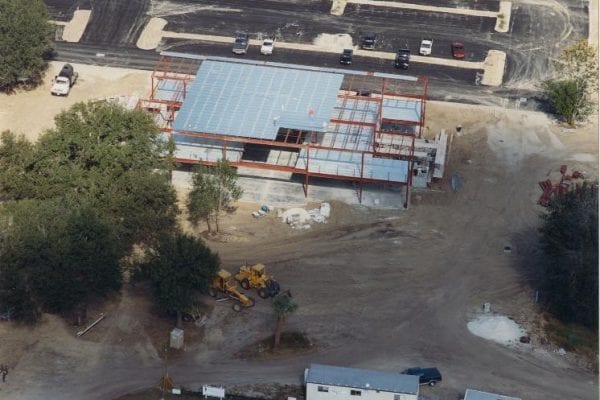For lending institutions, issuing a construction loan presents unique and substantial risks, from the contract phase to pre-construction, construction, and final payment. And, due to the nature of long-term lending and property ownership, those risks don’t end just because the construction project does.
Successful lending relies on the lender’s ability to manage and mitigate those risks throughout the project. Here’s what you need to know.
What the Risks Are
Construction lending risk falls primarily into three categories: Overfunding, funding work that’s not complete, and funding trades that are never paid. Let’s take a look at each one.
Overfunding
Overfunding usually begins in the contract phase, when a project is overvalued, and the lender fails to catch the discrepancy. This can happen for a number of reasons, from a developer or contractor inflating the project costs to line their own pockets, to simple inexperience. Regardless of the reason, it’s a major vulnerability for the lender, because if the developer defaults, the lender may not recover the loan value with foreclosure.
Funding Work That’s Not Complete
Construction funding is usually provided on an as-completed basis, meaning that the contractor is authorized to request “draws” on the funds as previously agreed-upon portions of the work are completed. For instance, if the contract states that the contractor may draw 25% of the funds at 25% completion, then naturally that is when the contractor should request payment for that amount. This presents a risk for the lender in the event that a contractor is not accurate in stating the amount of work completed. When payments are made too early for work that is not complete, the project runs the risk of the contractor walking off the job, leaving the owner and, ultimately, the lender responsible for either funding the work a second time or writing the project off.
Funding Trades That Are Never Paid
With the way construction loans work, the lender very rarely interacts directly with subcontractors. Instead, the owner signs the construction loan contract, and the bank pays either the owner or the general contractor directly. The general contractor pays its expenses and profit, and then the subcontractors. In some cases, however, either because the contractor’s expenses are higher than expected or because the contractor is unscrupulous, the subcontractors never get paid. When this happens, they have the right to file liens against the property, which becomes a liability for the owner and the lender.
How to Mitigate Lending Risks
The primary tools for mitigating construction loan risk are the Plan and Cost Review, and Construction Loan Inspections (CLI). Let’s take a brief look at each one. A more in-depth discussion is available here.
Plan and Cost Review
The Plan and Cost Review represents the beginning of the risk mitigation process. This review ensures that all of the contract documents are coordinated in line with the requested loan amount and the lender’s expectations. An effective Plan and Cost Review focuses on the three C’s of Cost, Constructability, and Contingencies.
Costs should be appropriate for the job, and in line with current market conditions, down to the line item. Likewise, the draw schedule should be appropriate to the timeline, accounting for the order and pace at which each trade will complete their work. Constructability ensures that the project can be completed as contracted for, and contingency review ensures that an appropriate amount is designated to cover any surprises that arise during the construction phase.
Construction Loan Inspections
While the Plan and Cost Review begins during the planning phase, Construction Loan Inspections (CLIs) occur throughout the construction phase, and are designed to ensure that the work is carried out according to plan and that draw requests remain in line with project progress. CLIs address two major concerns: Timeliness of payment and change order review.
Timeliness of payment involves inspecting the project to ensure the agreed-upon work has been completed prior to draw approval. Once payment has been made, the timeliness of payment review confirms that all subcontractors are paid in accordance with their agreements.
Change order reviews occur whenever the contractor requests additional funds to cover a change order. They ensure that these requests line up with current real-time material and labor costs.
Properly conducted Plan and Cost Reviews combined with Construction Loan Inspections significantly reduces risk for lenders. For an in-depth discussion, including how to conduct your reviews and what to look for in a review partner, read Construction Loan Monitoring in Today’s Market.






